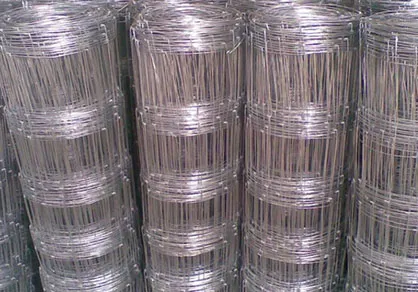

Demand fluctuation in sectors like construction, agriculture, and manufacturing also contributes significantly to the pricing of GI wire. For instance, a boom in construction activities in a particular region can create a sudden spike in GI wire demand, potentially driving up prices due to limited supply. Conversely, an economic downturn might reduce demand, allowing for more competitive pricing as manufacturers aim to clear stock. Quality certifications and compliance with standards like ISO or ASTM can enhance a GI wire product's credibility, leading establishments to charge a premium for certified products. Certified GI wires ensure consistency in quality and offer assurance of the wire's performance under specific conditions. Service and support factors provided by a supplier can also influence the product price perception. Companies offering extensive support and warranties for their GI wire products may justify higher prices due to added value. End-users often prefer suppliers who provide technical guidance and after-sales support, ensuring maximum utility and satisfaction from the purchase. In conclusion, understanding the pricing dynamics of GI wire necessitates a holistic analysis of market trends, material costs, technological integration, and the broader economic landscape. Industry professionals can make informed decisions by staying updated with global zinc market trends, advancements in manufacturing technology, and fluctuations in demand across major sectors. By carefully considering these factors, businesses can optimize their procurement strategies, ensuring both cost-effectiveness and product quality align with their operational needs.

















